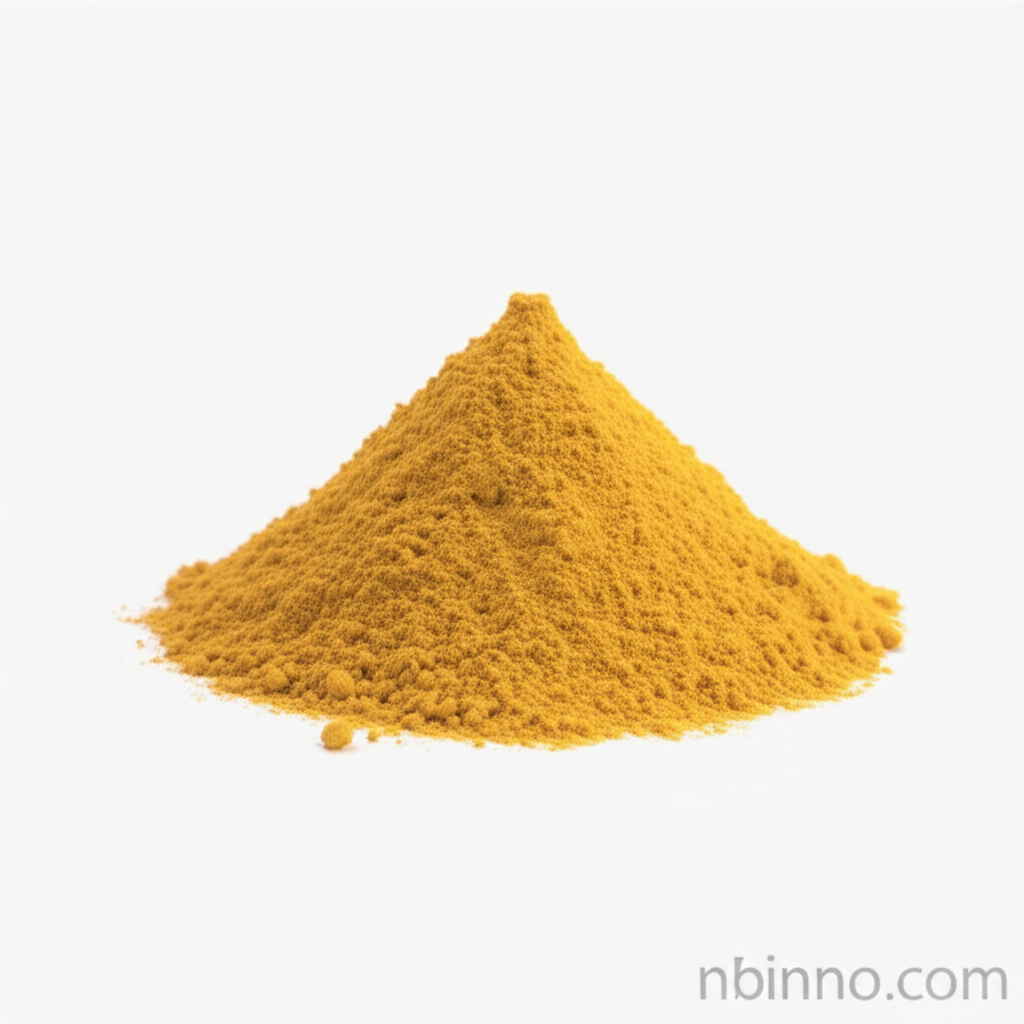Xanthurenic Acid (CAS 59-00-7): A Key Molecule in Metabolism and Neuroscience
Exploring the chemical properties, biological roles, and research applications of Xanthurenic Acid.
Get a Quote & SampleProduct Core Value

Xanthurenic Acid
Xanthurenic acid is a significant biochemical compound derived from tryptophan degradation. It plays a crucial role as an endogenous agonist for Group II metabotropic glutamate receptors (mGluR2 and mGluR3), making it a vital research subject in neuroscience. Its involvement in tryptophan metabolism and potential links to conditions like schizophrenia and malaria underscore its importance in understanding complex biological pathways.
- Understand the critical role of Xanthurenic Acid in tryptophan metabolism, offering insights into dietary protein impact.
- Explore Xanthurenic Acid as a key player in neurotransmission, specifically its function as a Group II metabotropic glutamate receptor agonist.
- Investigate the potential therapeutic targets associated with Xanthurenic Acid, particularly its implications in schizophrenia research.
- Learn about the novel applications of Xanthurenic Acid, such as its identification as an inducer of gametogenesis in P. falciparum, targeting malaria transmission.
Key Advantages and Properties
Detailed Chemical Profile
Benefit from the well-defined chemical properties of Xanthurenic Acid, including its melting point of 297-298 °C (dec.) and its solubility in aqueous solutions, crucial for experimental design.
Biological Pathway Insight
Gain a deeper understanding of tryptophan degradation pathways by studying Xanthurenic Acid, which is formed upon tryptophan degradation by indoleamine 2,3-dioxygenase.
Neurotransmitter Receptor Modulation
Leverage Xanthurenic Acid's ability to selectively activate group II mGlu receptors to advance research in neurological disorders and pain research.
Key Applications
Neuroscience Research
Xanthurenic Acid serves as a critical tool for investigating the function of metabotropic glutamate receptors, advancing our knowledge of brain function and neurological disorders.
Metabolic Studies
Studying Xanthurenic Acid provides insights into the complexities of tryptophan metabolism and its connection to various physiological and pathological processes.
Infectious Disease Research
The role of Xanthurenic Acid in inducing gametogenesis of the malaria parasite highlights its potential as a target for developing novel anti-malarial strategies.
Chemical Synthesis Building Block
As a fine chemical, Xanthurenic Acid can be utilized in various chemical synthesis processes, contributing to the development of new compounds.
